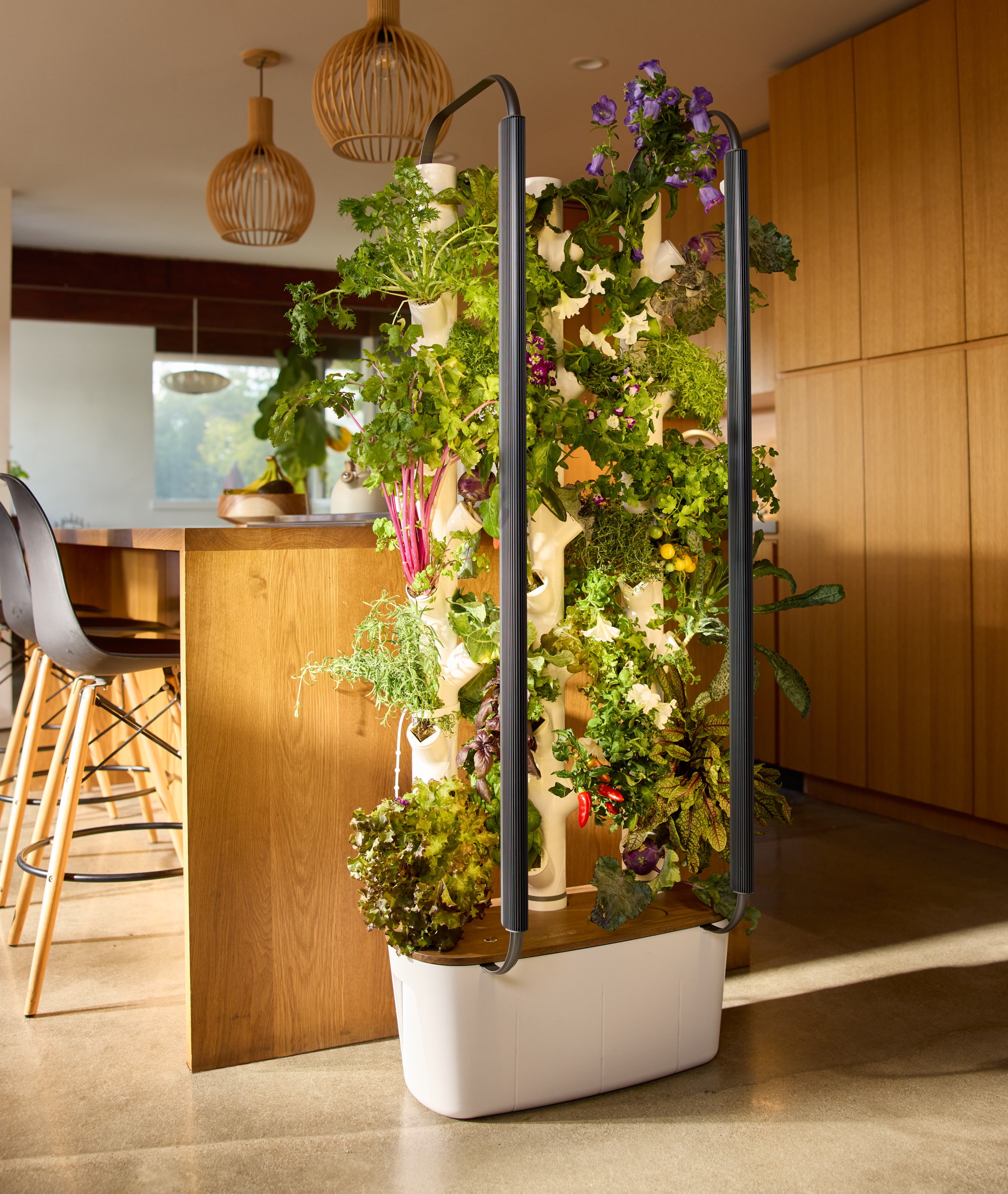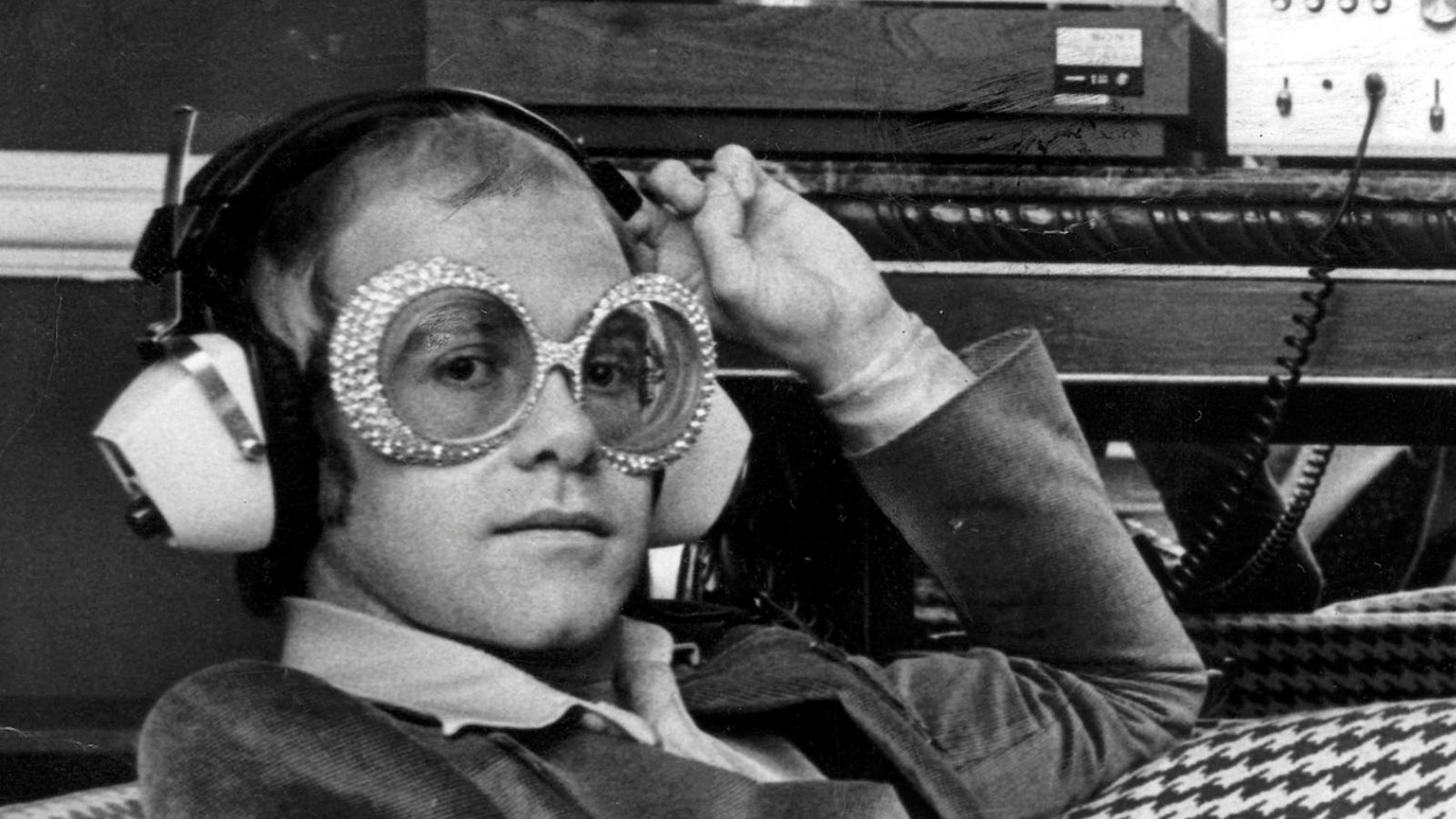Growing without soil – the pros and cons of hydroponic gardening
Discover the advantages and disadvantages of growing hydroponically, considered by many as the future of urban and indoor gardening


Growing without soil has been tipped as the future of indoor gardening, with many considering hydroponic growing for sustainability reasons. Indeed, hydroponic growing offers an environmentally-friendly and space-efficient way to grow crops indoors.
Today, more people reside in urban areas than not, and with space at a premium, the novel approach of growing your food hydroponically is certainly something to consider. This innovative method allows plants to grow in a controlled environment, with their roots directly submerged or periodically flooded with a nutrient-rich solution.
Hydroponic gardening has today become far more accessible, with many indoor growing systems now readily available, with both deluxe and cost-effective options to consider. Thankfully, this means that anyone interested in indoor garden ideas, regardless of apartment size, can hydroponically grow delicious herbs, salads and fruit. Here, we weigh up the pros and cons of hydroponic gardening, providing you with all the information you need.

The pros and cons of hydroponic gardening
Hydroponic growing is an innovative and sustainable method of cultivating your food in small spaces at home. While this trend looks set to dominate indoor gardening for the years to come, we weigh up some of the pros and cons of hydroponic gardening, providing you with all the information you need to try this approach this year.
Advantages to hydroponic growing

One of the most obvious benefits of using a hydroponic system is space efficiency, allowing even those with small apartments to grow crops. Many hydroponic growing systems, such as Gardyn's new 4.0 model as seen here, have an attractive vertical design, helping to maximize growing space in the home. For anyone interested in living wall ideas, this is an effective option to consider.
Year-round production is another clear benefit to hydroponic growing, with clever indoor designs that feature LED grow lights allowing for cultivation regardless of your US hardiness zones, time of year, or climate.
In addition, hydroponic systems use less water than traditional soil-based gardening, reducing the resource intensity of your indoor garden. This is important to many gardeners who are keen to garden in as sustainable a way as possible.
Design expertise in your inbox – from inspiring decorating ideas and beautiful celebrity homes to practical gardening advice and shopping round-ups.
Compared to gardening outside, hydroponic systems, including Gardyn models, 'use 95% less water by recirculating water and plant nutrients at very precise times, depending on the growth stage of your plants,' says Lindsay Springer, plant expert and Head of Plants and Nutrition for Gardyn.
Finally, pesticide and herbicide usage is minimized when growing indoors using hydroponic systems. 'By growing indoors, away from the weeds, bugs, and plant pathogens, you eliminate the need for herbicides and pesticides,' continues Lindsay. 'Since plants are less stressed in controlled indoor environments, they also tend to grow healthier and faster than outdoors as well.'

Lindsay is a plant expert and Head of Plants and Nutrition for Gardyn. With a focus on reintroducing nature in urban habitats, Gardyn is helping to reimagine the future of food, and in the process making our cities more sustainable and autonomous.
Gardyn sprout nursery for hydroponic gardening in small spaces

One hydroponic growing system that we at Homes & Gardens love combines design with functionality. The Gardyn sprout nursery, available here and seen in the image above, is perfect for those with limited space or those looking for a growing system for beginners.
Ideal for growing some of the best microgreens, including radish and pea shoots, the Gardyn sprout nursery boosts germination speed and success so you can enjoy the fruits of your labor in record time.
The sprout nursery is smartly designed, taking up minimal space on your countertop. It can grow a variety of fresh microgreens and sprouts, which can be a nutritious addition to your suppers in the weeks and months ahead.
This growing system helpfully holds up to 10 plant yCubes, available from Gardyn, and the removable interior tray has visible water level lines, making water refilling and cleaning a simple process. The Gardyn sprout nursery is suitable for any skill level but is a great stepping stone for those looking to grow hydroponically for the first time. So, why not give it a go this year, and enjoy delicious and healthy microgreens in record time?
Drawbacks of hydroponic growing

Undoubtedly hydroponic cultivation is a sustainable and innovative approach that allows people in cities to grow their food. However, certain factors should be considered before any gardener jumps into the world of hydroponics.
Firstly, hydroponic growing requires a basic understanding of nutrient solutions, pH levels and system maintenance. Importantly, this will vary between different growing systems and certain growing systems will be simpler to use and maintain than others.
In addition, most indoor hydroponic systems require electricity for water pumps and LED lights. While many growing systems are incredibly energy efficient, using very low levels of energy, this should still be a consideration, particularly at a time when energy bills remain high. If possible, source a hydroponic growing system from a trusted retailer with the assurance that it is energy efficient.
Finally, while hydroponic growing enables gardeners to harvest edible crops all year round, the species and varieties that can be grown are limited. Some plants, for example, root vegetables including potatoes and onions, are not suitable for hydroponic systems due to specific growing needs. While it is still a remarkable feat to grow your herbs, salads and flowers indoors all year round, it is important to remember you cannot grow everything and anything.
Shop for hydroponic gardening accessories
FAQs
What hydroponic growing system is recommended for beginners?
While most hydroponic growing systems will come with instructions that are easy to follow, beginners should consider using a microgreens growing system, such as this model available from Gardyn. Stylish and compact, this model will fit neatly on your kitchen countertop. All you need to do is follow a few simple steps and harvest your microgreens in as few as 7 days.
Hydroponic gardening can offer numerous benefits to those who have limited space but are keen to grow crops at home. Many hydroponic growing systems are water and energy efficient, while also enabling fast growth and year-round production.
However, maintenance and technical know-how should be considered by those prospective hydroponic growers. Understanding the pros and cons of this approach can help you make informed decisions about your indoor gardening practices.
While you decide on which hydroponic growing system is right for you, consider growing microgreens in a small pot or jar at home. For example, why not grow amaranth as a microgreen and you can enjoy delicious crimson sprouts in no time at all?

Thomas is a Content Editor within the Gardens Team at Homes and Gardens. He has worked as a professional gardener for both public spaces and private estates, specializing in productive gardening, growing food and flowers. Trained in Horticulture at the Garden Museum, he has written on gardening and garden history for various publications, including The English Garden, Gardens Illustrated, Hortus, The London Gardener and Bloom. He has co-authored a Lonely Planet travel book, The Tree Atlas, due out in 2024.
-
 50 Years Later, Elton John's British Heritage Sofa Is Equally Timeless – It Signals The 2026 Return of His Traditional (Yet Rock-N-Roll) Aesthetic
50 Years Later, Elton John's British Heritage Sofa Is Equally Timeless – It Signals The 2026 Return of His Traditional (Yet Rock-N-Roll) AestheticCool Britannia is back, and Rocket Man's '70s houndstooth sofa is the perfect example of why traditional British aesthetics will never go out of fashion
-
 Dolly Parton Ditches Traditional String Lights for Retro Clip-On Christmas Tree Candles – Recreate Her Whimsical, Beaded Look Starting at $5
Dolly Parton Ditches Traditional String Lights for Retro Clip-On Christmas Tree Candles – Recreate Her Whimsical, Beaded Look Starting at $5Dolly Parton's retro tree is outfitted with beaded garlands, metallic ornaments, and chic candles for a nostalgic-yet-timeless look
-
 5 Seasonal Soil Fixes To Keep Winter Pests at Bay and Prepare the Ground For Spring
5 Seasonal Soil Fixes To Keep Winter Pests at Bay and Prepare the Ground For SpringControl pest populations with these fall soil amendments
-
 You've heard about it, but do you actually know what topsoil is? Everything you need to know about this vital material, and how to buy the right type
You've heard about it, but do you actually know what topsoil is? Everything you need to know about this vital material, and how to buy the right typeDiscover how topsoil differs from other types of soil
-
 Best plants for chalky soil – 10 flowers, shrubs and trees that will thrive in dry and alkaline conditions
Best plants for chalky soil – 10 flowers, shrubs and trees that will thrive in dry and alkaline conditionsFind out the varieties to grow if your soil is on the alkaline side
-
 Are your blooms looking lacklustre? Your soil may be lacking in this one vital nutrient. Here are 5 ways to add nitrogen to your soil for prolific, healthy plants
Are your blooms looking lacklustre? Your soil may be lacking in this one vital nutrient. Here are 5 ways to add nitrogen to your soil for prolific, healthy plantsTo ensure plant health, you must first ensure soil health. To improve soil health, we must add an all-too-often missing ingredient: nitrogen
-
 Tired of looking at bare soil under trees? These 5 shade-tolerant shrubs will maximize greenery in problem areas
Tired of looking at bare soil under trees? These 5 shade-tolerant shrubs will maximize greenery in problem areasEstablished trees can create a challenging environment for other plants, so opting to grow resilient shrubs underneath them is your best bet
-
 Suffering from waterlogged soil in your yard? These 5 moisture-absorbing trees can solve drainage nightmares naturally and fast
Suffering from waterlogged soil in your yard? These 5 moisture-absorbing trees can solve drainage nightmares naturally and fastThese trees will prove useful during heavy rain and stormy weather
-
 How to cover bare soil in winter – 6 expert ways
How to cover bare soil in winter – 6 expert waysKeep your soil in top form come spring by taking some of these preventative measures
-
 We discovered the easiest hack to improve soil quality just in time for World Soil Day – and all you need to do is grow these 5 plants
We discovered the easiest hack to improve soil quality just in time for World Soil Day – and all you need to do is grow these 5 plantsThese plants will help your soil by boosting nutrients and improving structure


